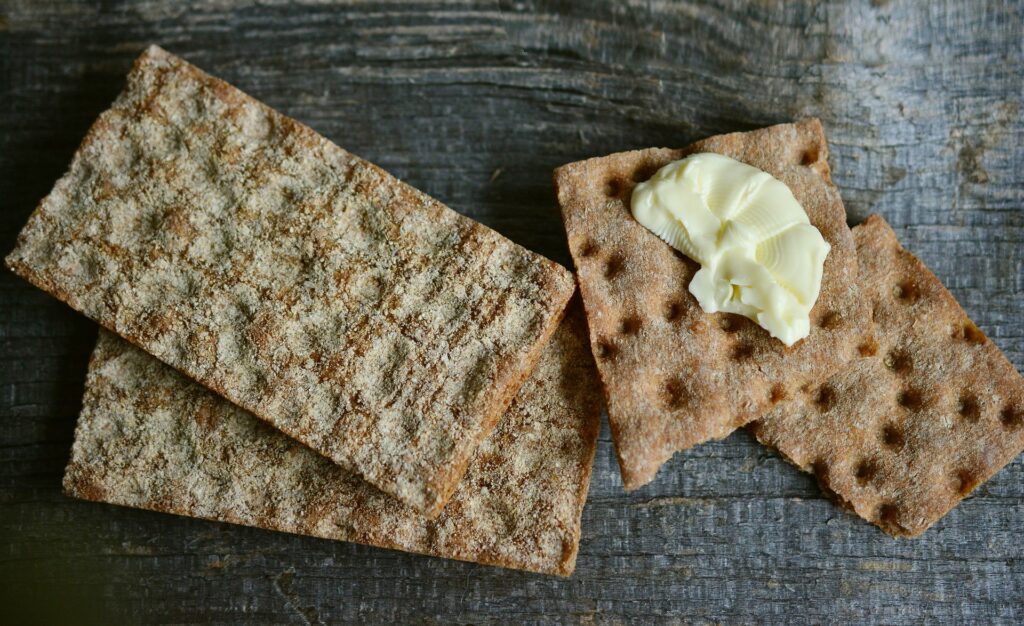 As a newbie, people still believe that shortening is terrible for health due to its chemical makeup. It would be better to know that shortening is more or less similar to butter or lard.
As a newbie, people still believe that shortening is terrible for health due to its chemical makeup. It would be better to know that shortening is more or less similar to butter or lard.
Shortening cuts down the gluten particles present in wheat. This further creates a distinct textural attribute, such as an incredibly moist texture and a short bite. This article can assist you in gaining a clear insight into the shortening.
What is Shortening?
Shortening is produced from the hydrogenation of liquid oil using fatty acids. In this process, the oil is transformed from the liquid state to solid-state, with the help of additional hydrogen atoms.
In short, shortening can be referred to as a succulent fat that remains solid at room temperature. Due to its outstanding qualities, it helps to create some tender baked products. When it comes to taste, shortening has a pretty neutral taste.
Varieties of shortening
Shortening comes in multiple forms. You have to be mindful of the fact that different recipes call for the different types of shortening. Some of the common varieties are mentioned below:
- Solid shortening- it’s generally used in making bread, pie crust, and pastries.
- Liquid shortening- it is best utilized for recipes like cake, that demand for melted ingredients.
- Icing shortening- in this case, the shortening is mixed with emulsifiers, depending on the choice of manufacturer. It increases the eating qualities as well as retains moisture in cakes for a long time.
- All-purpose shortening- it complements the hi-ratio cakes that have additional emulsifiers.
Shortening vs. butter
One of the significant distinctions between shortening and butter is that shortening doesn’t produce any steam while baking. It happens because shortening is 100% solid fat, whereas butter contains at least 15-20% water.
Moreover, shortening tends to have a higher melting point as compared to butter. Due to this quality, cookies made with shortening would be more chewy, crumbly, and fluffy rather than being flat. In addition to that, you don’t require a refrigerator to store it.
However, if you run out of shortening, butter is definitely the best substitute for shortening, especially in most baking recipes. Butter also tastes and smells better in baked goods.
Ways to use shortening for baking purpose
A pinch of salt can go a long way if you wish to include shortening to a recipe that involves butter. You can follow the below-given directions for better understanding:-
- 1 cup of shortening with ¼ tsp salt in place of 1 cup of butter.
- ½ cup of shortening with ⅛ tsp salt in place of ½ cup of butter.
- ¼ cup of shortening with a pinch of salt in place of ¼ cup of butter.
Classic recipes using shortening
Butter is considered as the main ingredient in many recipes as it binds and holds the batter together. However, the unavailability of butter doesn’t necessarily mean that you can’t bake. You can always opt for a replacement, such as shortening.
A recipe is discussed below for your assistance:
Pecan pie
Ingredients
- Pie crust
- 5 cups all-purpose flour
- ½ cup of water
- 2 cups shortening
- 4 tablespoon salt
Filling
- 1 cup of sugar
- ½ cup of melted shortening
- 4 eggs
- 1 tablespoon of salt
- 1 cup of corn syrup
- 1 ½ cup pecan halves
- 1 tablespoon of vanilla essence
Directions
- Mix salt in water and keep it for later use.
- Cut the shortening into the all-purpose flour and mix until it has a crumbly texture.
- In parts, add the salty water in the mix till it’s wholly absorbed.
- Divide it into 3 parts and make balls.
- Store them in a plastic container and freeze them. (before you use the dough, then let it sit it on the slab for at least 3-4 hours).
- To prepare the filling, you need to mix well corn syrup, vanilla, melted shortening, sugar, and salt.
- Whisk the eggs until they’re light and now after the above mixture.
- Spread into the pie shell and sprinkle the pecan halves.
- Now bake at 350 degrees. Put a knife to check if it’s done or not.